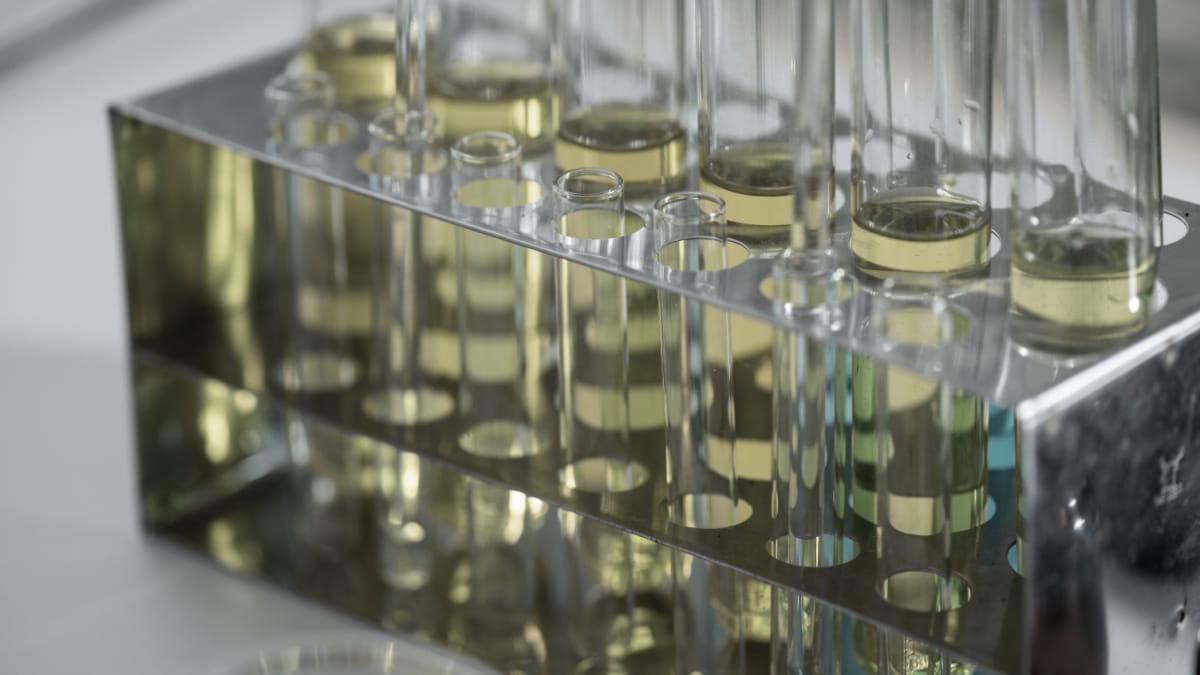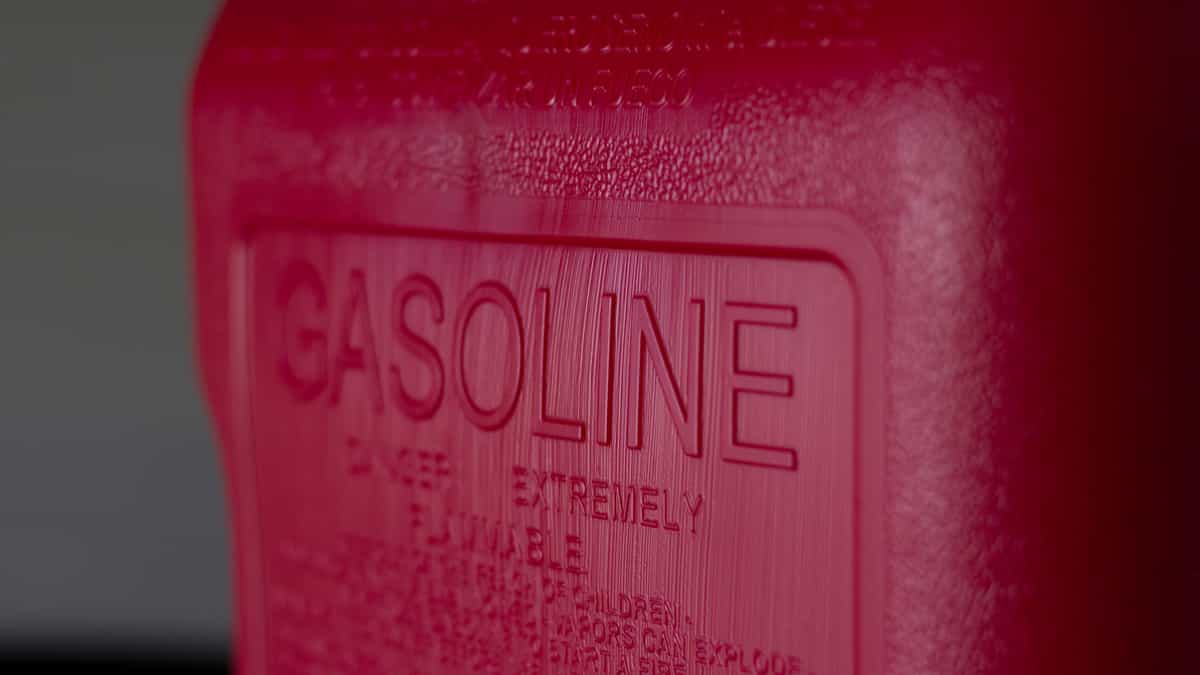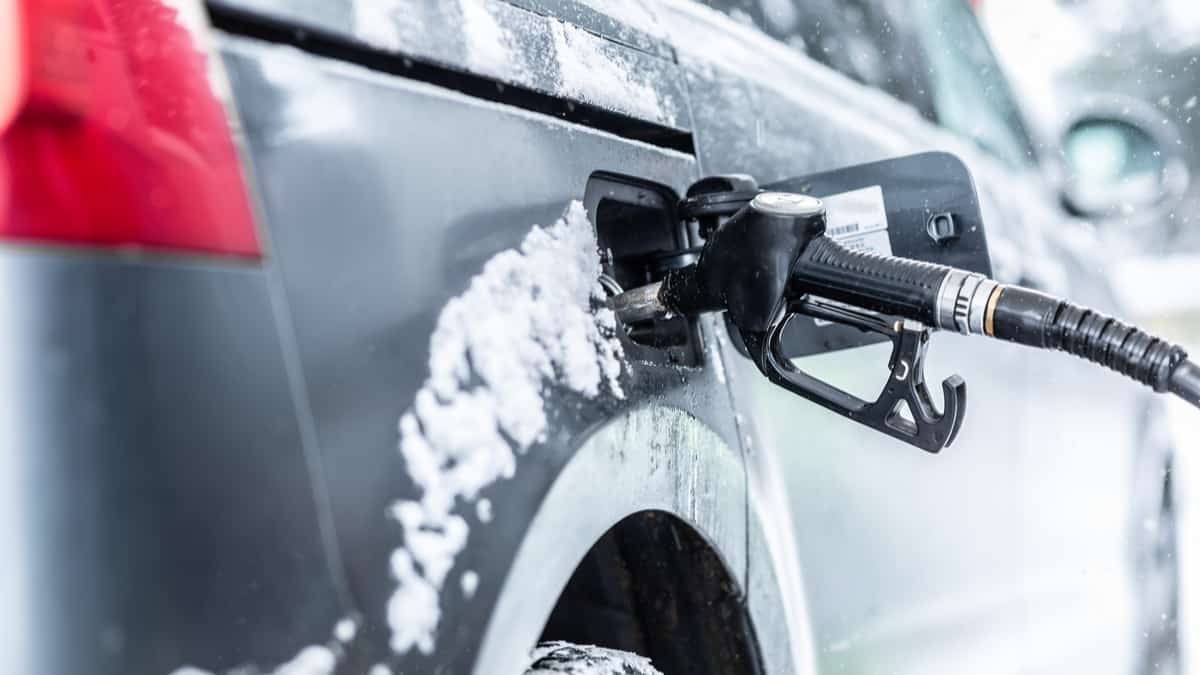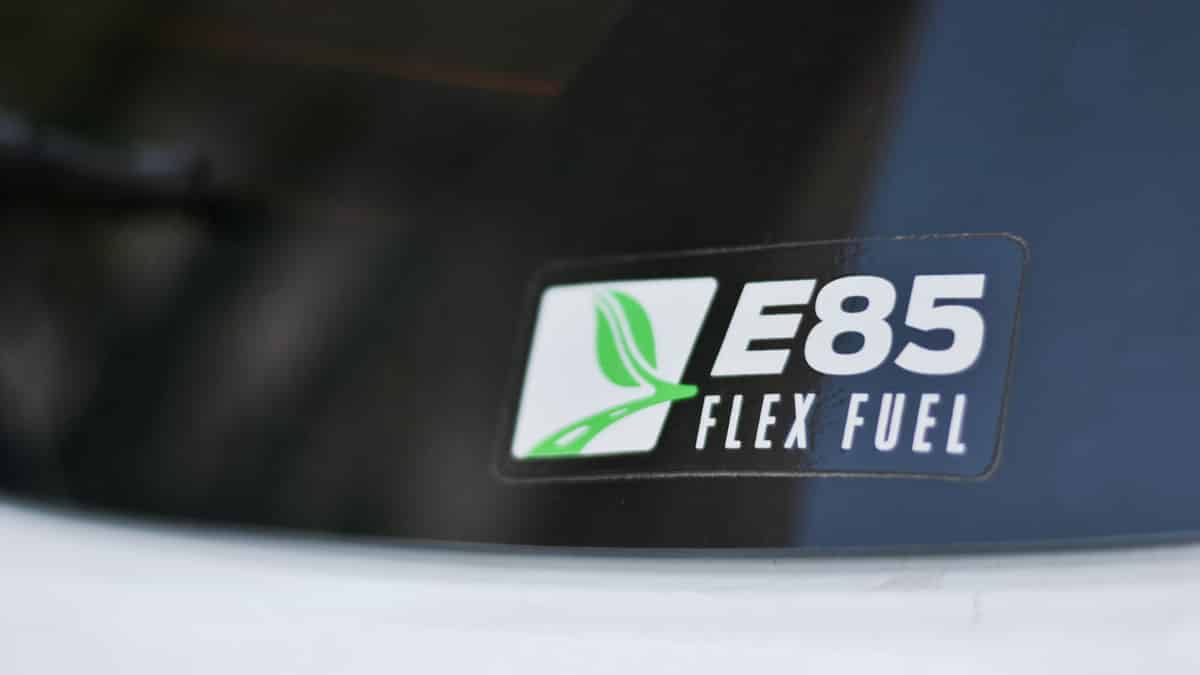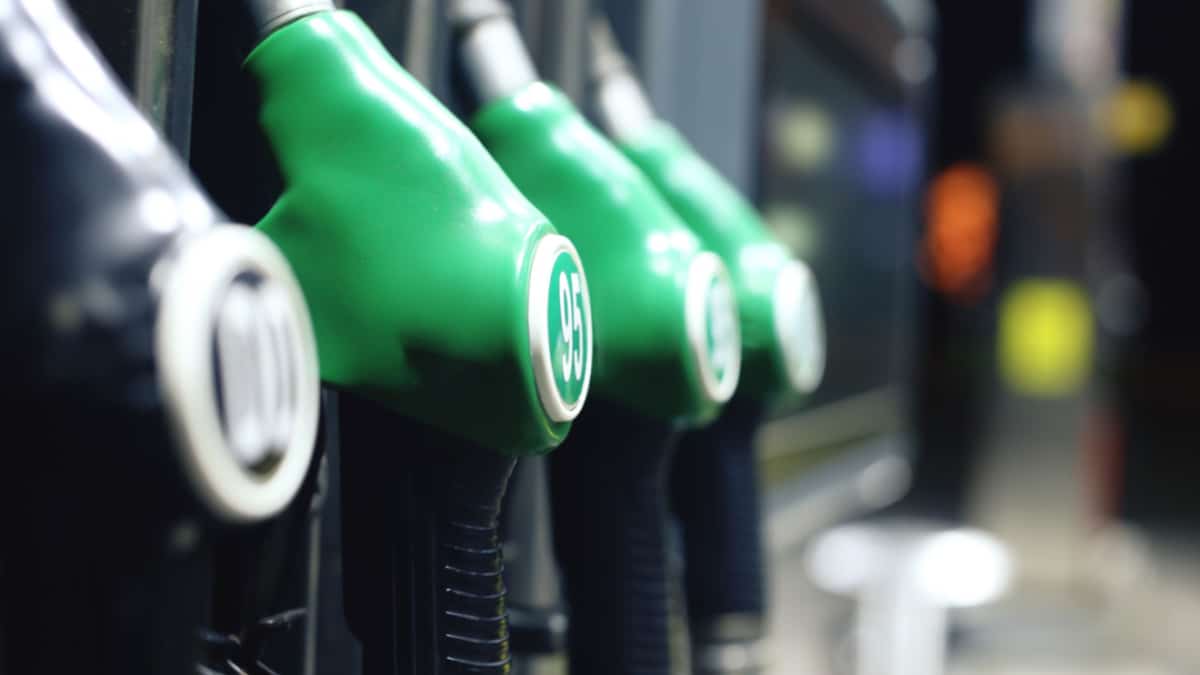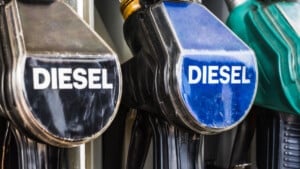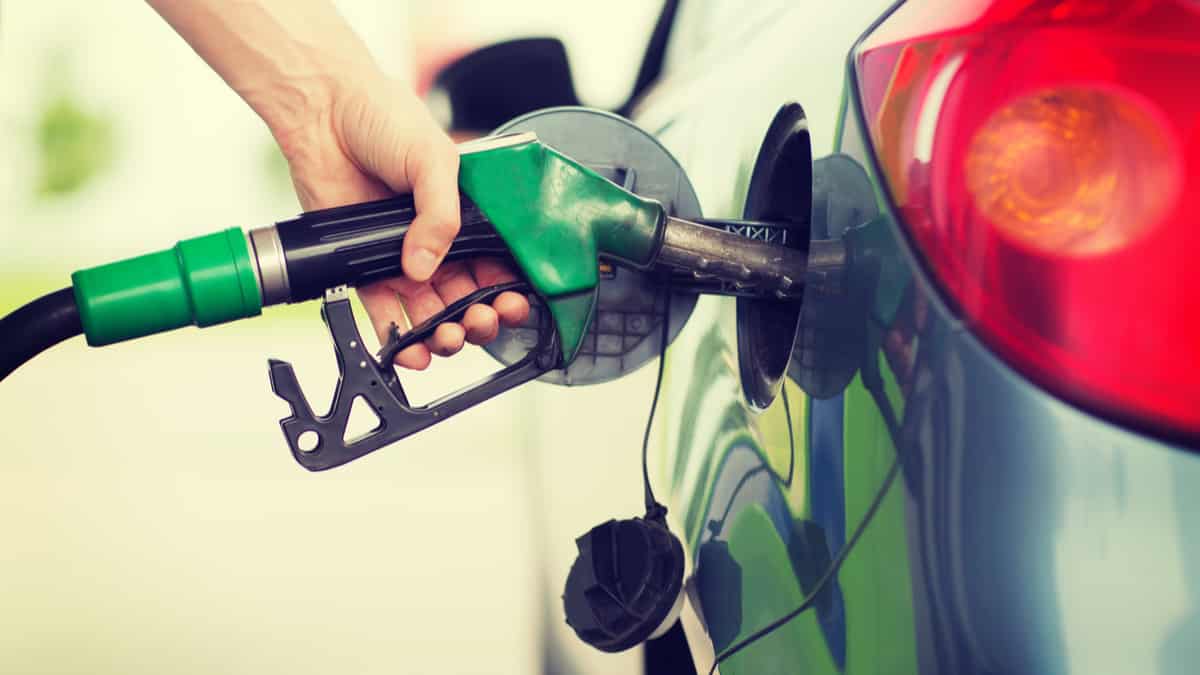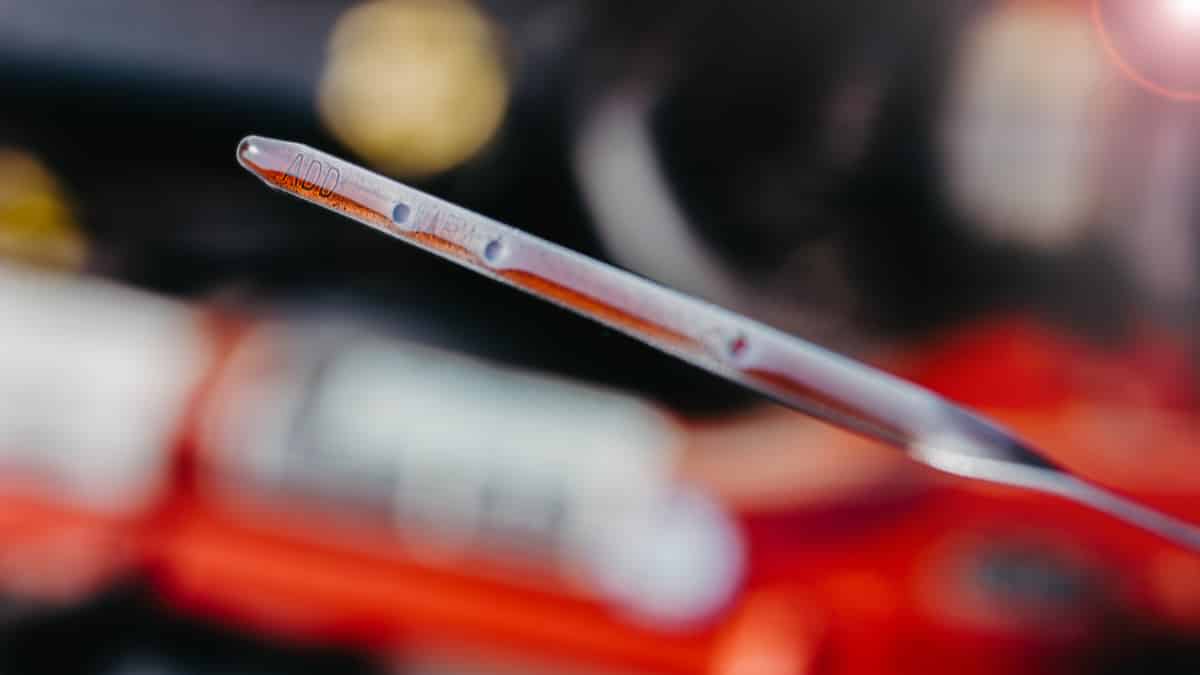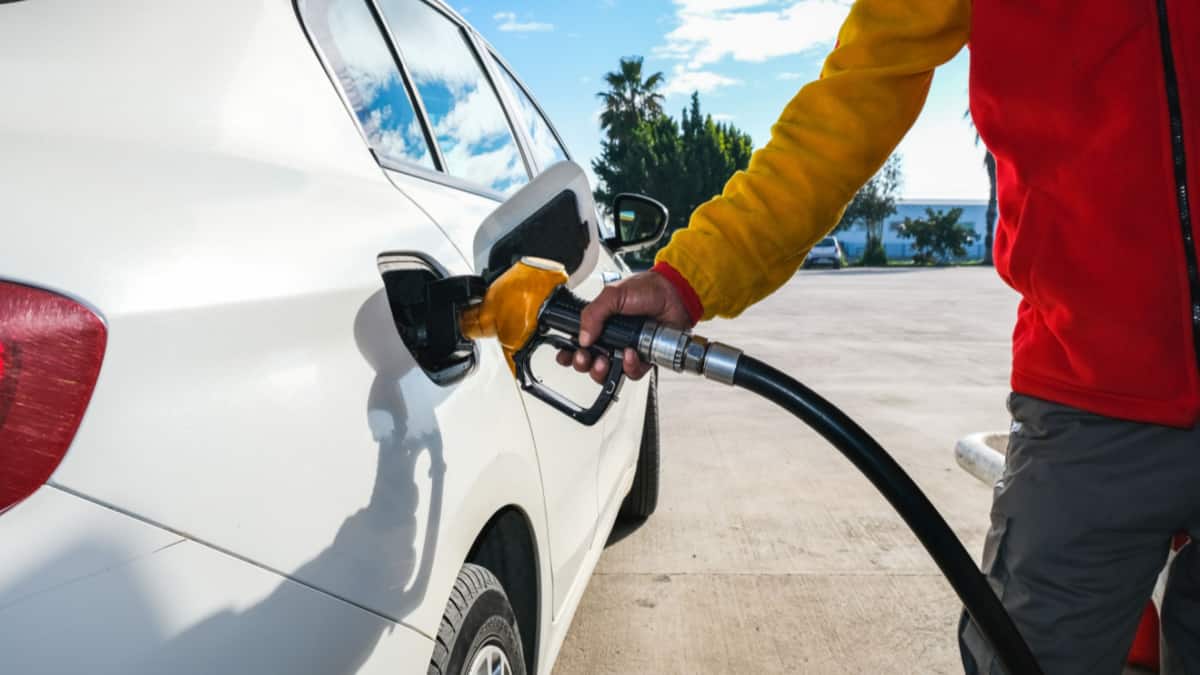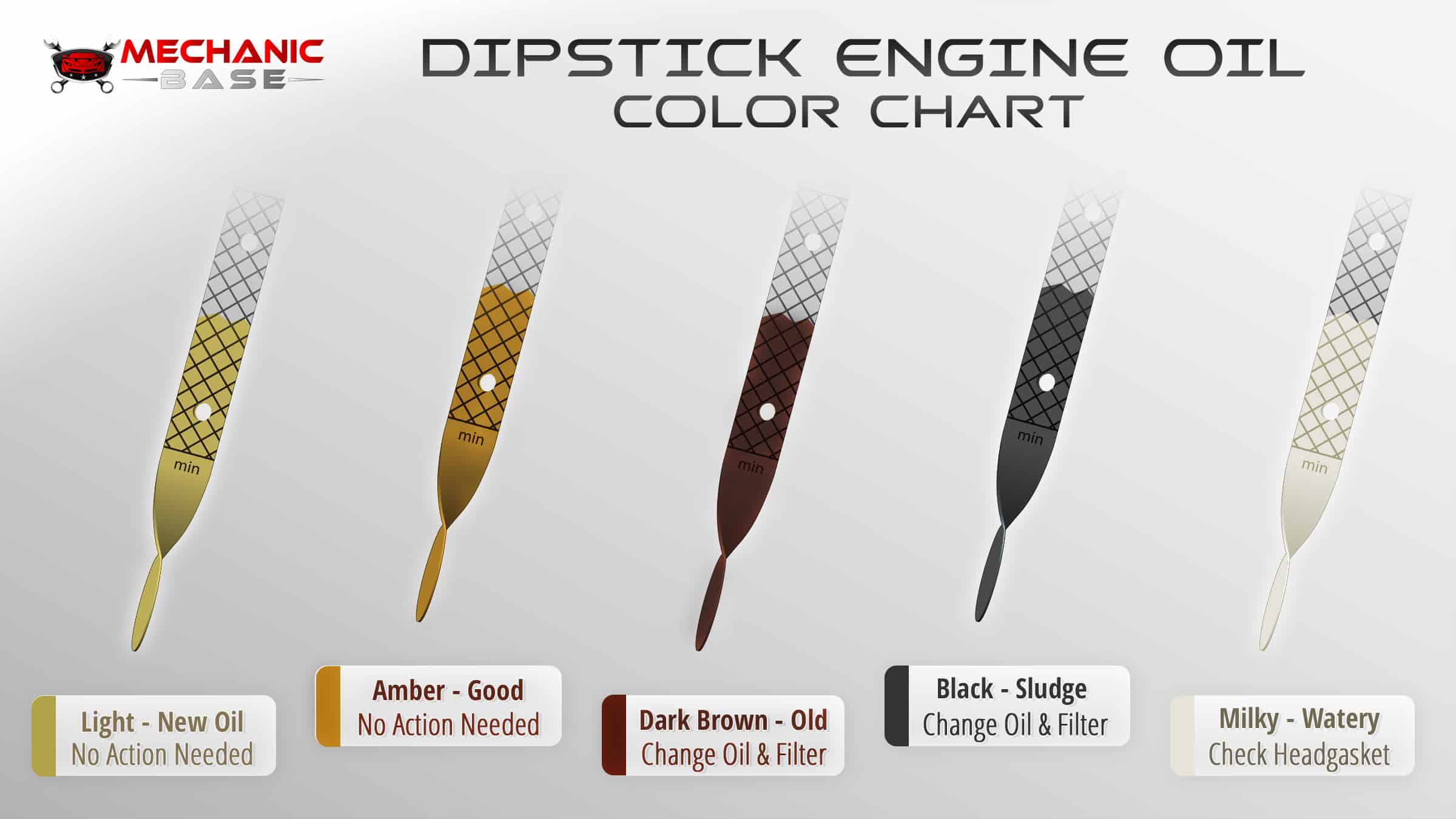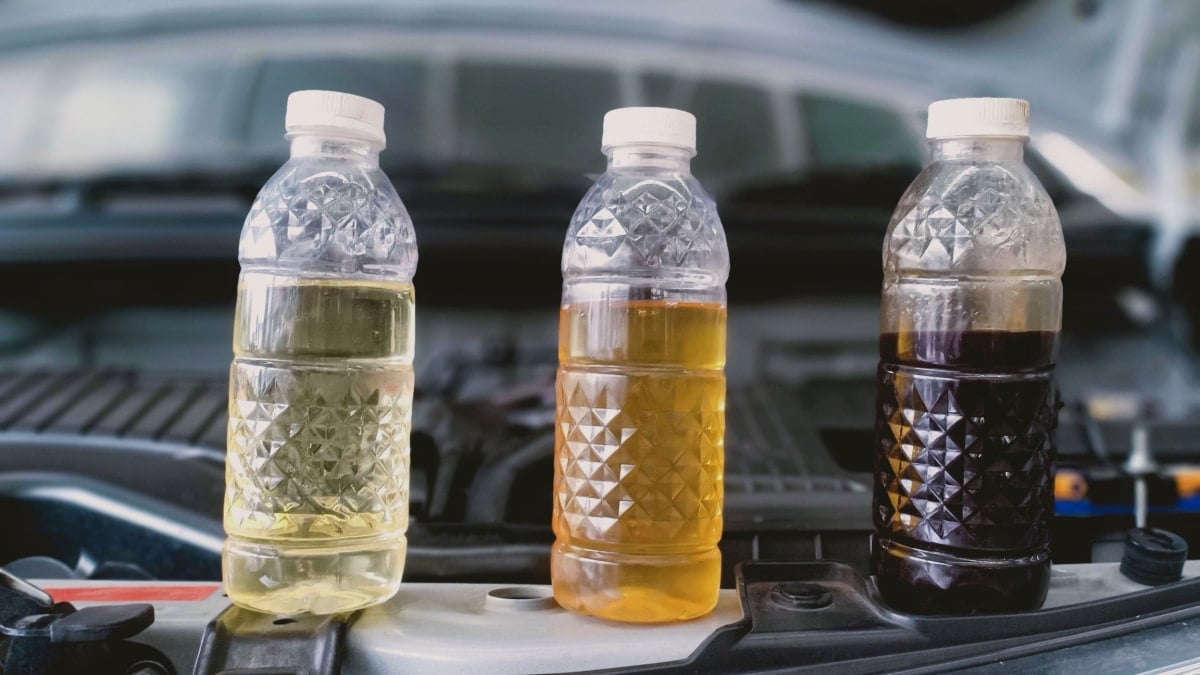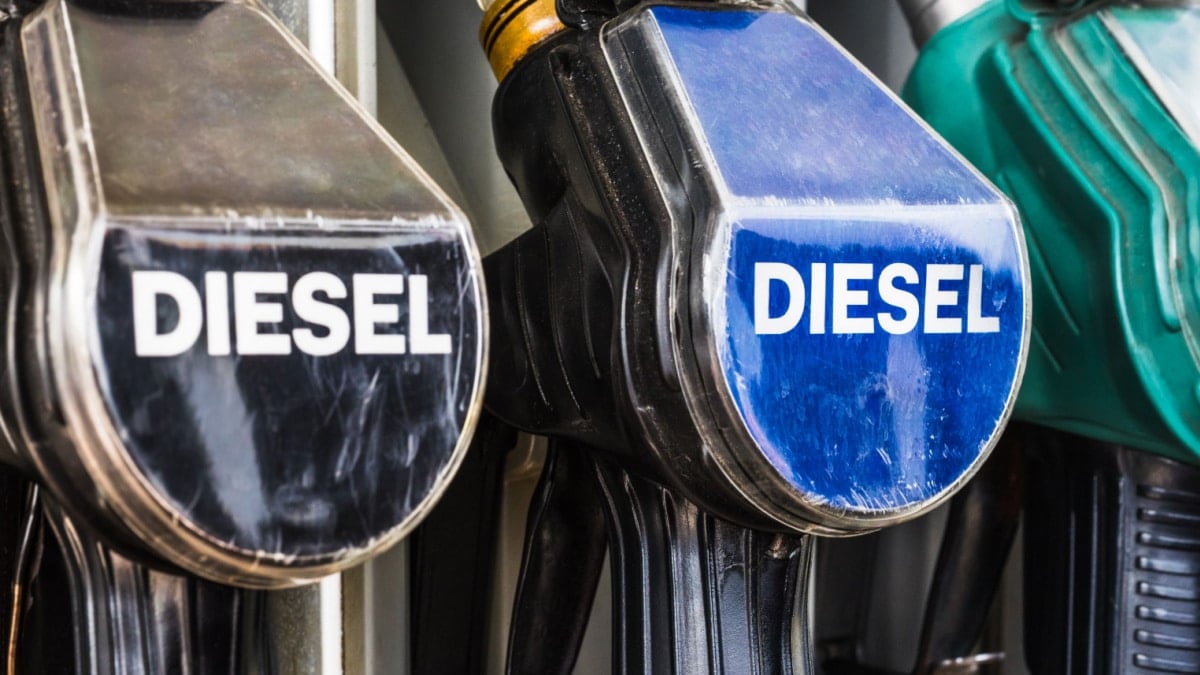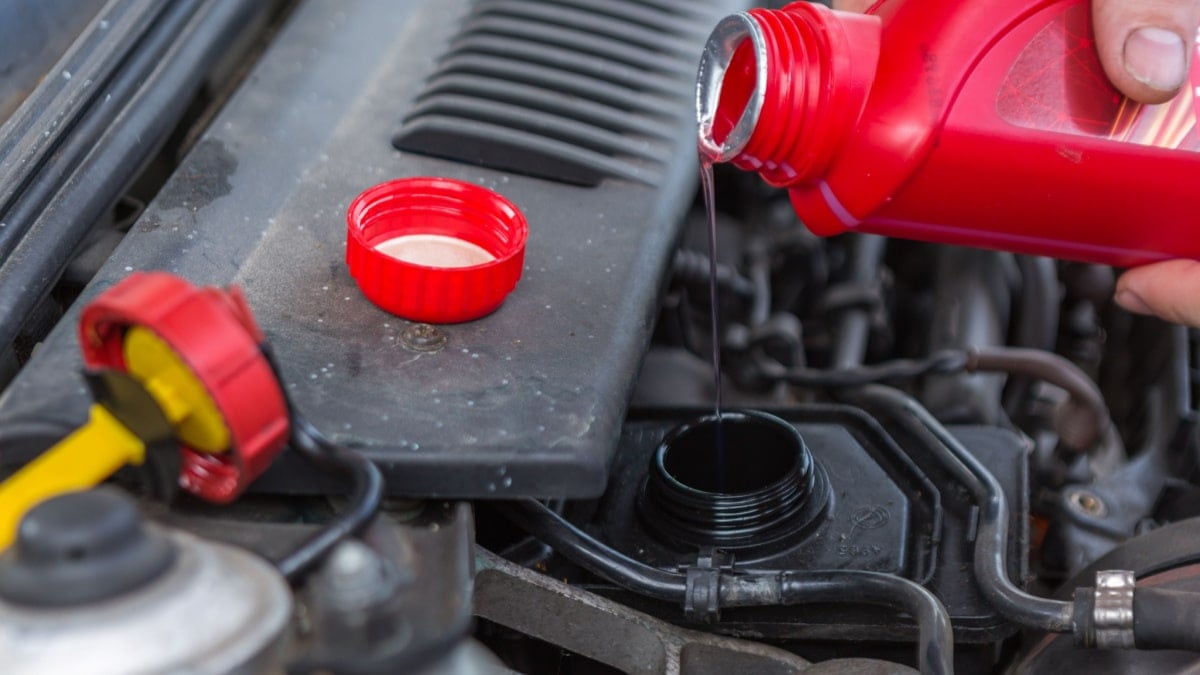The typical car is filled with numerous kinds of fluids. From motor oil to antifreeze, it helps to understand what color each liquid is so you know what you are looking at if there’s a problem. That brings us to a regularly asked question – what color is gasoline and does it matter?
We’ve put together this comprehensive guide so you can learn all about the color of gasoline. We discuss what is normal to see and whether or not various grades look different. Plus, we examine whether you should care about what color the fuel is and show you some signs that gas has gone bad.
Finally, you get information on fuel shelf life and we show you the steps to deal with bad gas. When you get to the end of our article, you get answers to some of the most asked questions on the web.
What Color is Gasoline?
All commercial gasoline contains a light yellow hue. Depending on the lighting that you look at it with, you might see it more as an orange or green-tinted color. Additionally, the gas can look red or brown, but only because of other objects nearby that are reflecting off of the liquid.
Gas is a petroleum product that comes from crude oil. It goes through an extensive refining process known as fractional distillation. Before this treatment, the gas is clear-colored with a mild yellow tinge. Without the dyes added, this gas is known as White or Clear fuel.
However, you aren’t going to see this undyed gas at your local fueling station. All commercial fuel stations must have the finished product coming out of the pumps.
Do Different Gasoline Grades Have Different Colors?
There have been a lot of rumors on the internet expressing how different fuel grades are dyed different colors, so you can tell the difference. Sadly, this information is categorically false. All fuel is dyed the same color, reflecting a slight yellow tinge.
It’s possible that people honestly misunderstood because of the different label colors. They might have believed that the grade label color on the pump would correspond to the gas hue. At most pumps, you can find 87 octane fuel up to 94 octane fuel. Whether your station offers two different grades or four, the color of the gasoline will remain the same among them all.
Does the Color of Gasoline Matter?
There are several reasons why you might want to learn about gasoline color. For starters, the color of gas can help you determine if it’s still good. When fuel goes bad, the color often changes. We will talk more about this in a minute.
Another reason to know what color fuel is would be if you want to diagnose a leak in your car. If there’s a liquid dripping out under the vehicle, you need to be able to identify it. Obviously, if you see something black and oily, it’s not going to be gasoline.
The same can be said if you see green liquid under the engine, which would signify a coolant issue. If you are looking at a yellow or light brown liquid, it could be gas. Of course, the smell alone should also give it away.
How Do I Know If The Gasoline Is Bad?
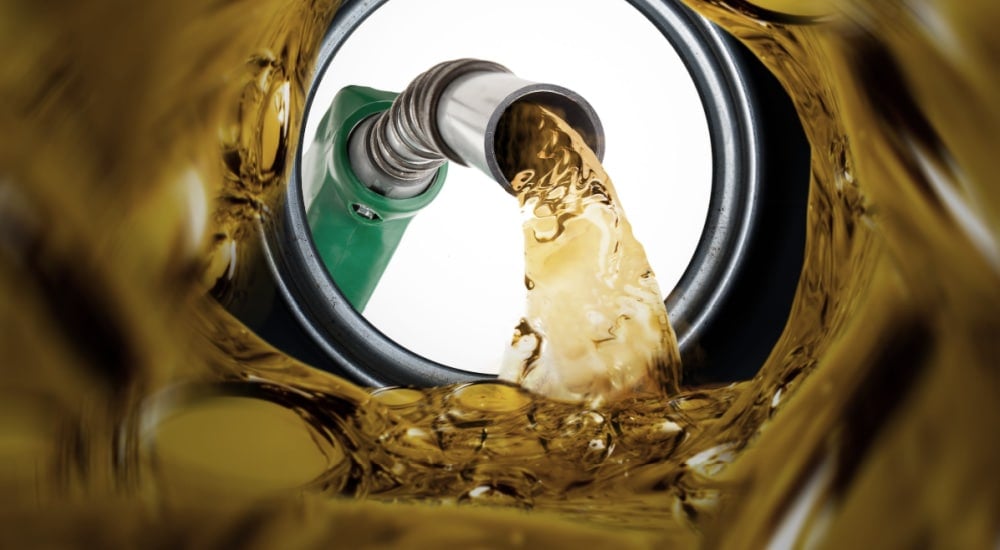
As gasoline ages, the properties are going to change. As this occurs, the engine won’t be able to process the fuel the same way. In many cases, the Check Engine Light will come on, which is your first indication that the fuel is bad.
Of course, the Check Engine Light can be caused by many other things, so you can’t assume it’s from bad fuel. Instead, you would need to run the OBD-II code scanner to see what’s going on.
Besides the warning light, bad fuel can lead to performance problems. You may have trouble starting the engine, the idle can be rough, the ignition can be hesitant and power can be lost while driving.
Beyond these, gasoline can also be examined by how it looks and smells. As fuel goes bad, it becomes darker. It can also appear muddy. The smell might not be normal but could start to appear sour. It could even give off a spoiled smell.
What Is The Shelf Life Of Fuel?
Fuel type makes a big difference in how long it can be used. Regular gas will last between three to six months, while diesel is rated for up to a year. Organic ethanol fuel is going to lose combustibility much sooner, in as little as one to three months.
There’s trouble trying to figure out how long fuel has been in the tank. While you can track when it was first put in, you don’t know how long it took to get from the refinery to the station. It could have sat in storage for a short time before transport.
Learn more: How Long Does Gasoline Last? (Tank & Container)
How To Deal With Bad Gas
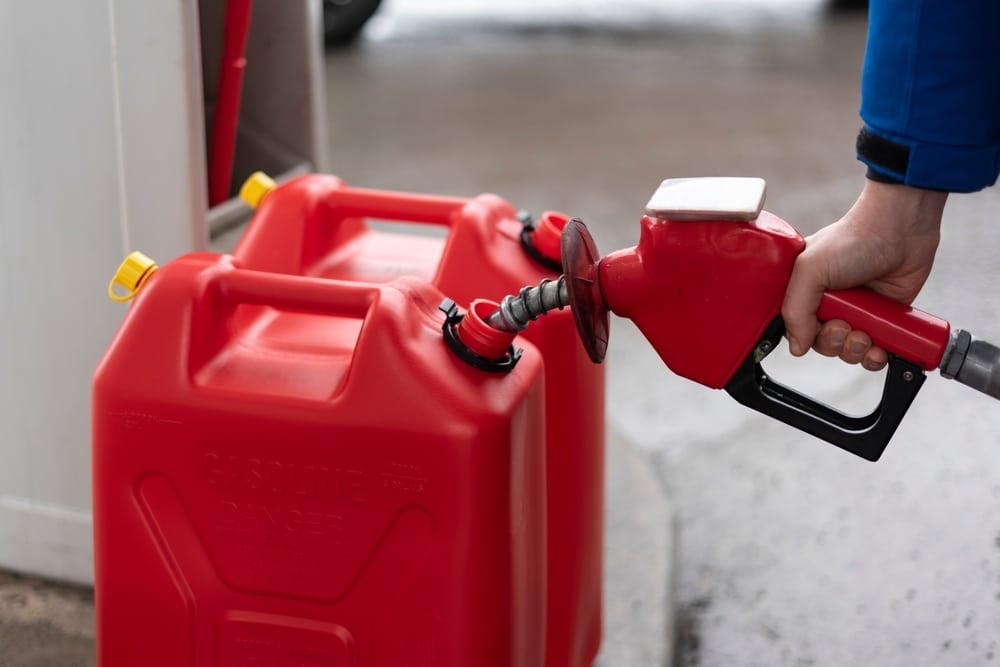
If you have bad gas in your car, it needs to be removed. The engine could become damaged by running this fuel and a gummy residue could form in the fuel lines. If you have bad fuel, water vapor can also be in the system, leading to corrosion of the tank and system.
For this reason, we recommend these steps to get the bad gas out of your car.
- Park on a flat, level surface.
- Take the gas tank off of the car. You may need to remove some lines and hardware. Make sure you place all of the pieces in a safe location for reinstallation.
- Siphon the fuel from the gas tank. Use a siphoning tube to get all of the gas out of the tank. You want it to be completely empty.
- Add dry gasoline to the tank. With this alcohol-based additive, you effectively treat a contaminated tank.
- Once the tank has been treated, you want to fill it up with the best fuel it will take. If premium gas isn’t recommended for your model, put in the highest octane that you can.
If you aren’t sure how to treat the fuel tank, we recommend reaching out to a professional instead. You don’t want to run the car with a contaminated tank.
Is Gasoline Clear Or Yellow?
Before gasoline is refined, it is clear. However, you won’t see this fuel at the gas station. Once it becomes commercial-grade fuel, it will have a yellow tint to it. Anything darker than a yellow tint indicates that the fuel might be going bad or it is old.
What Color Is Gasoline 87 Octane?
Despite rumors found online, all unleaded gasoline is the same color, no matter what the octane level is. For this reason, 87 octane fuel is going to have a yellow hue to it. It will be the same color as what you would find if you pumped out premium-grade fuel.
What Does Good Gasoline Look Like?
When gasoline is fresh, it will have a light yellow hue. It also has that distinct gasoline smell that you are used to. As the fuel starts to age, it will turn darker in color, something similar to a brown hue. Additionally, the smell itself could become spoiled, different from what you are used to at the pump.
Why Does Gasoline Have A Color?
With diesel fuel, there are different colors to indicate which one is for on-road and off-road usage. That’s not the case with gasoline. All gas is going to have a yellow color to it, which happens after the refinery process. Before it is refined, gasoline doesn’t have a color but remains clear.
What Fuel Is Red?
Off-road diesel is red. The dye is added to ensure that drivers don’t use it in on-road vehicles. This type of diesel is only meant for heavy equipment, generators and farm tractors. If it is found in an on-road vehicle, the driver could be penalized. If your gasoline looks red, it’s probably because you are looking at it in an approved container. The reflection of the red plastic can make the gas look red, even though it isn’t.
Most people don’t sit around and think about the gasoline color in their car, but it’s good information to know. You can use the information to examine if your fuel has gone bad before you run it in your car. However, you won’t be able to tell different unleaded grades based on the color because they are all the same.
By paying attention to the signs of bad fuel, you can keep your engine running at its best. When in doubt, consider swapping the fuel out. While it may be a pain to walk through the entire process, you will be saving yourself a massive headache by protecting the car engine. You can also prevent getting bad gas by making sure you always visit a top-tier fuel station.
Learn more:
- E85 vs. Gasoline Differences (Pros & Cons)
- What Happens If You Mix Premium and Regular Gas?
- Will Unleaded 88 Damage My Car? Is It Safe?
Categories: General
